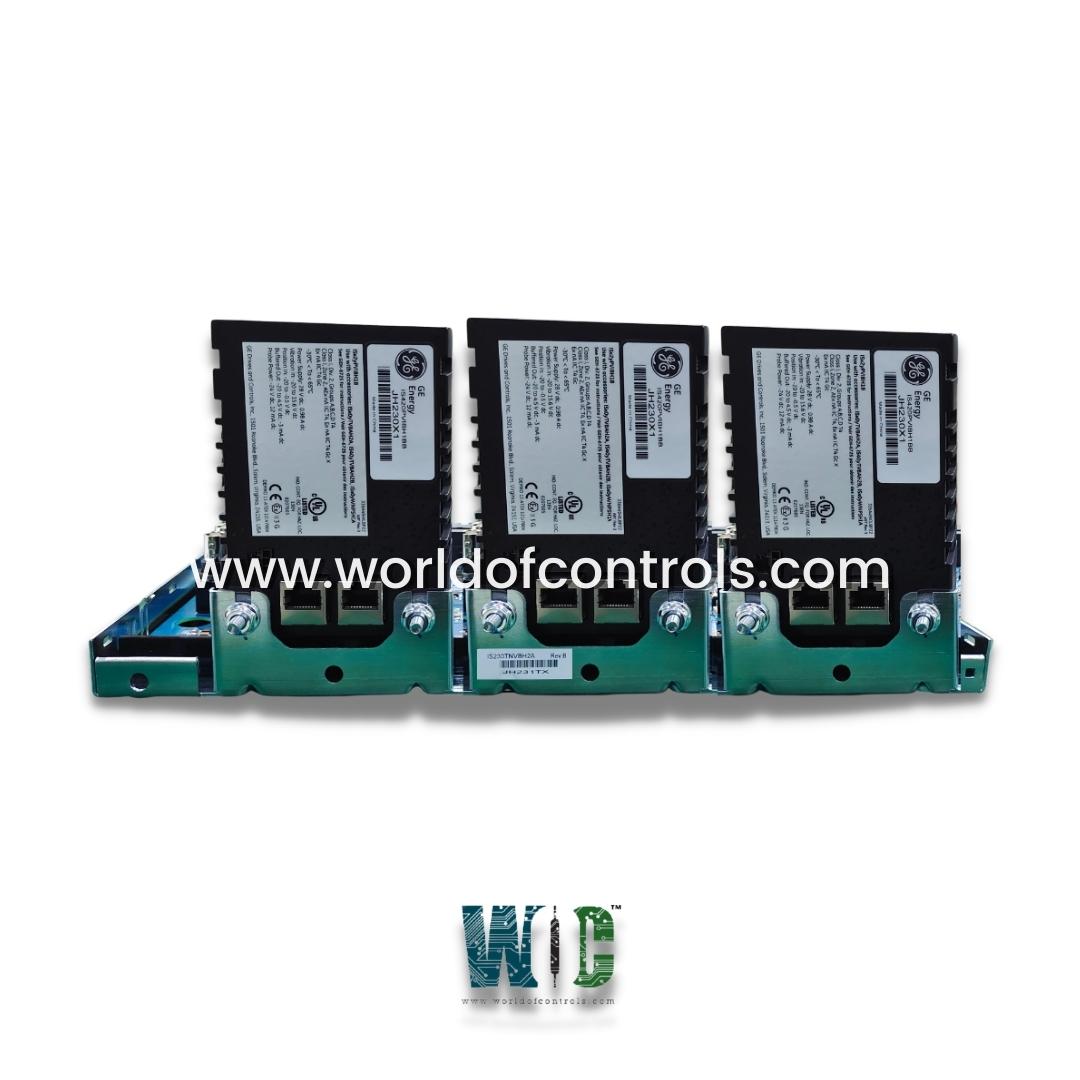
World Of Controls understands the criticality of your requirement and works towards reducing the lead time as much as possible.
IS230TNVBH6A - Vibration Input Assembly Board is available in stock which ships the same day.
IS230TNVBH6A - Vibration Input Assembly Board comes in UNUSED as well as REBUILT condition.
To avail our best deals for IS230TNVBH6A - Vibration Input Assembly Board, contact us and we will get back to you within 24 hours.
SPECIFICATIONS:
Part Number: IS230TNVBH6A
Manufacturer: General Electric
Series: Mark VIe
Product Type: Vibration Input Assembly Board
Number of channels: 24
Power supply voltage: 28 V dc
Voltage Range: 14 to 32 V dc
Mounting: DIN-rail mounting
Technology: Surface mount
Operating temperature: -30 to 65°C
Size: 30 cm high x 18 cm
Repair: 3-7 Day
Availability: In Stock
Country of Origin: United States
FUNCTIONAL DESCRIPTION:
IS230TNVBH6A is a Vibration Input Assembly Board manufactured and designed by General Electric as part of the Mark VIe Series used in GE Distributed Gas Turbine Control Systems. The terminal board attaches to the cabinet and is available in two basic configurations- S and T. The S-type board has a single set of screws for each I/O point and can condition and digitize the signal with a single I/O pack. The Vibration Input Assembly Board is a crucial component designed to facilitate the integration of vibration sensors into electronic systems. Here are some of its key features:
FEATURES:
PRODUCT ATTRIBUTES:
WOC has the largest stock of GE Distributed Gas Turbine Control System Replacement Parts. We can also repair your faulty boards. WORLD OF CONTROLS can also supply unused and rebuilt backed-up with a warranty. Our team of experts is available round the clock to support your OEM needs. Our team of experts at WOC is happy to assist you with any of your automation requirements. For pricing and availability on any parts and repairs, kindly get in touch with our team by phone or email.
What is a Vibration Input Assembly Board?
A Vibration Input Assembly Board is a specialized electronic component designed to facilitate the integration of vibration sensors into electronic systems. It provides signal conditioning, analog-to-digital conversion, and other necessary features to enable the accurate measurement and analysis of vibration levels.
What types of vibration sensors are compatible with the board?
The board typically supports various types of vibration sensors, including accelerometers, piezoelectric sensors, and velocity sensors, among others. This compatibility ensures flexibility in meeting different application requirements.
How is the board installed and integrated into electronic systems?
Installation and integration are typically straightforward, involving connecting the vibration sensors to the board's input channels and interfacing the board with other electronic components or microcontrollers using compatible communication protocols such as I2C, SPI, or UART.